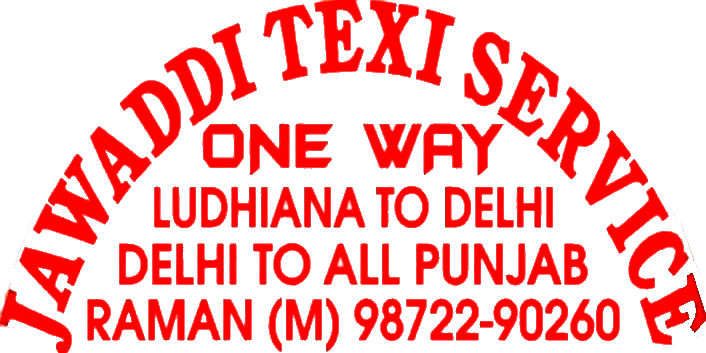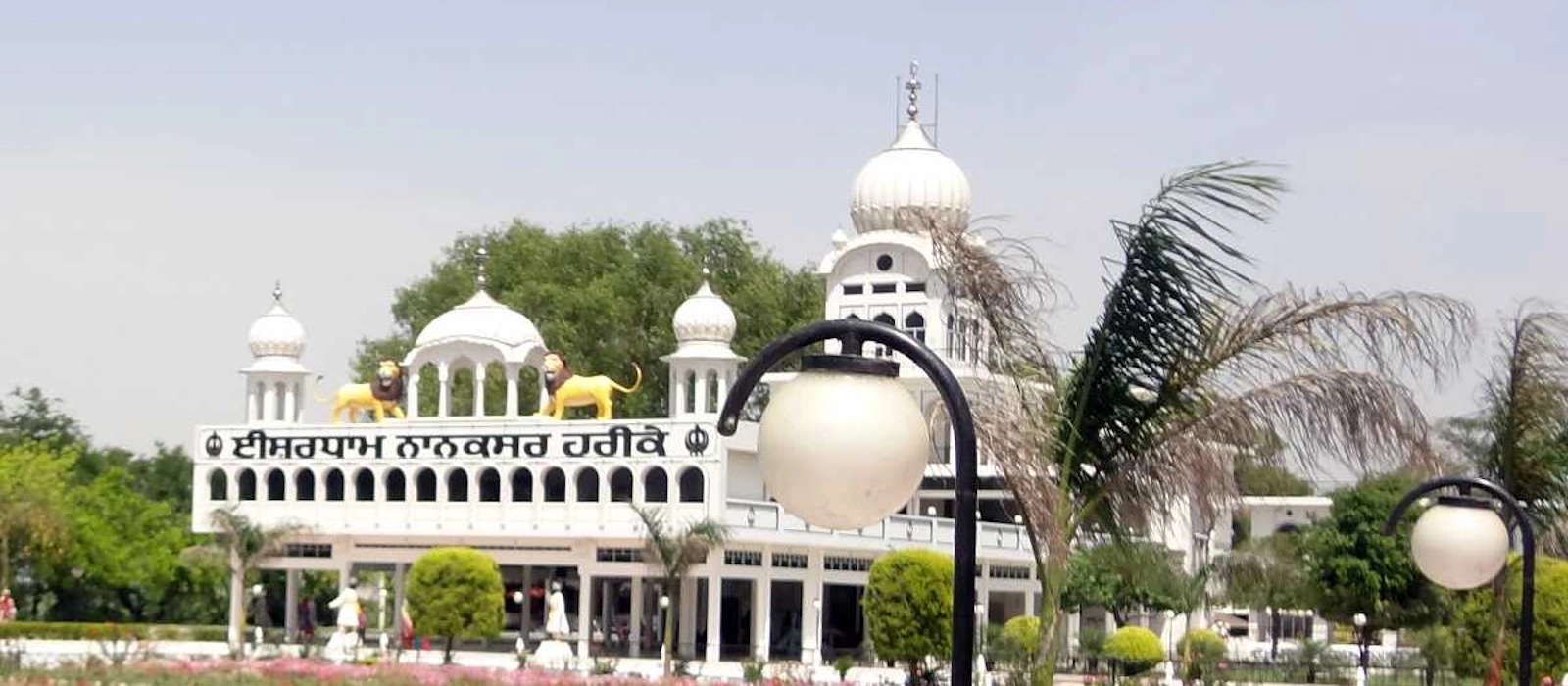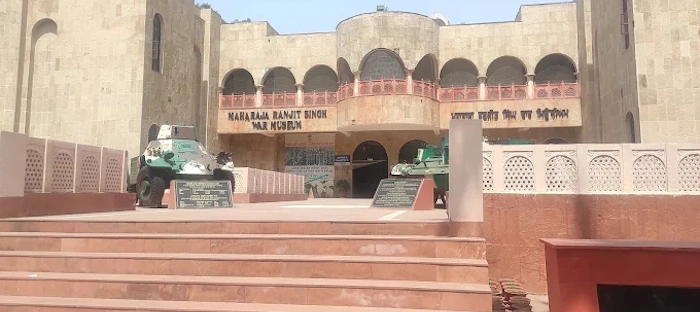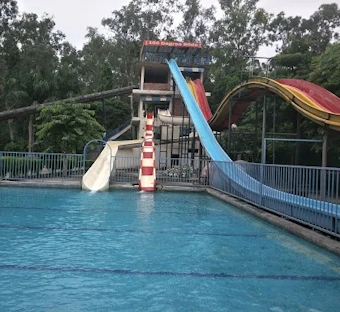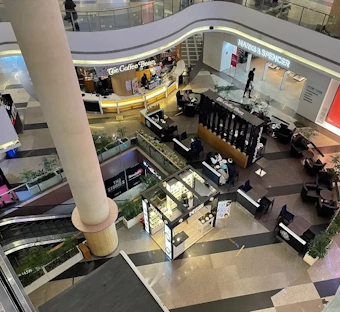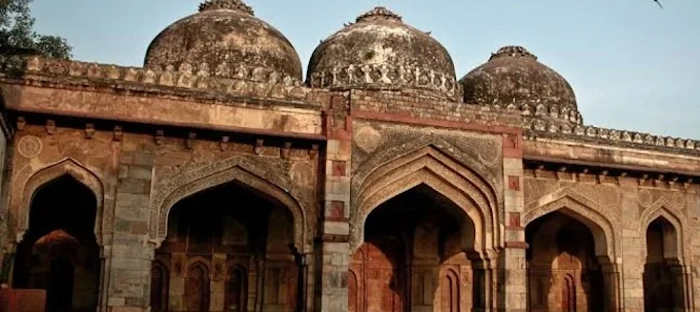Jagraon, a town in the Ludhiana district of Punjab, India, is a thriving city with a deep historical and cultural heritage. Located about 40 kilometers from Ludhiana and nestled along the banks of the Sutlej River, Jagraon has a rich agricultural background and plays a significant role in the state’s economy, particularly in farming and trade. Over the years, Jagraon has grown into an important commercial hub in the region while preserving its traditional charm. The town has a well-established infrastructure, with bustling markets, educational institutions, and religious sites, making it an attractive destination for locals and tourists alike.
Historically, Jagraon has played an essential role in Punjab’s history. It is believed to have been a prominent center during the reign of the Mughal and Sikh empires, with numerous landmarks from these eras scattered across the town and its surroundings. The name “Jagraon” is thought to have derived from its historical association with a local ruler or community leader, though the exact origin remains unclear. The town’s proximity to the Sutlej River has made it an ideal location for agriculture, especially the cultivation of crops like wheat, rice, and cotton, which are key to Punjab’s agrarian economy.
One of the prominent features of Jagraon is its religious diversity, with a variety of temples, gurdwaras, and mosques that reflect the spiritual traditions of the region. The Gurudwara Fatehgarh Sahib, located near the town, is an important pilgrimage site for Sikhs. It is dedicated to the memory of the Sikh martyrs, and devotees from across the region visit the gurdwara to pay their respects and seek blessings. The town is also home to many Hindu temples, including the famous Shiv Mandir, where locals gather during religious festivals, especially during the auspicious occasion of Maha Shivaratri. These religious sites are not only places of worship but also symbols of the community’s devotion and unity.
In addition to its spiritual significance, Jagraon is also a commercial and industrial hub. The town’s economy is largely driven by agriculture, with a focus on the production of grains, vegetables, and fruits. Jagraon is home to numerous grain markets, where farmers from surrounding villages come to sell their produce, making it an essential center for trade in the region. The town has also seen growth in small-scale industries, particularly in the manufacturing of agricultural tools, textiles, and food products, which has contributed to its rising status as a commercial center in Punjab.
The Jagraon Bridge, an iconic structure that spans the Sutlej River, is another landmark of the town. The bridge connects Jagraon to nearby areas and serves as a crucial link for the movement of goods and people. The river itself, with its calm waters and picturesque surroundings, adds to the natural beauty of Jagraon, and many locals enjoy relaxing along its banks or taking boat rides. The Sutlej River has always played a significant role in shaping the town’s identity and livelihood, from irrigation to transportation.
Education is another focal point in Jagraon, with several schools and colleges offering a wide range of academic and professional courses. The town has made significant progress in improving its educational infrastructure in recent years, with a growing number of institutions focused on higher education, especially in fields like engineering, commerce, and agriculture. Jagraon College, a well-known institution in the region, is particularly respected for its academic excellence and is a popular choice for students from surrounding villages. The presence of these educational institutions has helped the town attract a young and dynamic population, contributing to its overall growth.
Jagraon is also known for its vibrant festivals and cultural events, which reflect the rich traditions of Punjab. The town celebrates festivals like Baisakhi, Diwali, Lohri, and Holi with great enthusiasm, and these events bring the entire community together. Traditional Punjabi dances like Bhangra and Gidda are performed during these festivals, and locals indulge in cultural performances and feasts, celebrating the region’s agrarian roots and rich folklore. The town’s markets come alive during these times, with local artisans and vendors selling handicrafts, traditional clothing, and sweets, adding to the festive spirit.
The growing urbanization of Jagraon has also brought with it improvements in infrastructure, with modern roads, transport networks, and facilities. The town has well-developed commercial and residential areas, with shopping centers and local markets offering a range of goods. The Gandhi Park, located in the heart of Jagraon, is a popular recreational spot, where locals come to relax, enjoy walks, or take part in various community activities. This park, along with other green spaces, adds a refreshing touch to the town’s urban environment.
In terms of connectivity, Jagraon is well-linked to the major cities of Punjab, including Ludhiana, Amritsar, and Chandigarh, through a network of roads and railways. The Jagraon Railway Station connects the town to various parts of India, making travel convenient for residents and visitors. The proximity to major highways and the Sutlej River also enhances its connectivity, playing a key role in its economic and social development.
In recent years, Jagraon has increasingly focused on improving its urban infrastructure, attracting investments and fostering the development of small industries and businesses. The town’s combination of historical significance, religious diversity, agricultural prominence, and modern growth makes it a unique place in Punjab, blending tradition with progress. Visitors to Jagraon can enjoy a taste of rural Punjab, experience its warm hospitality, and explore the town’s vibrant culture, making it a hidden gem in the state of Punjab.
